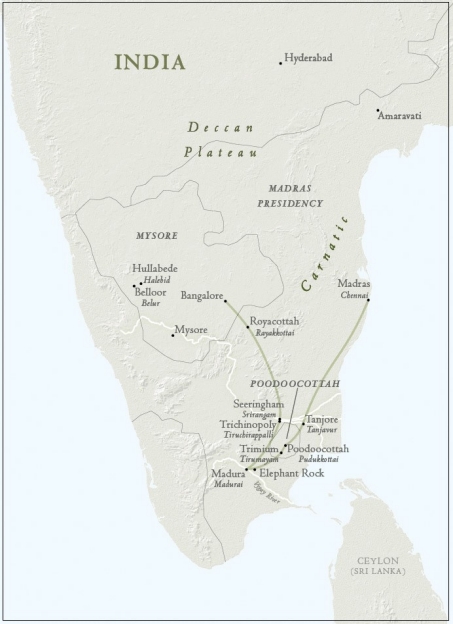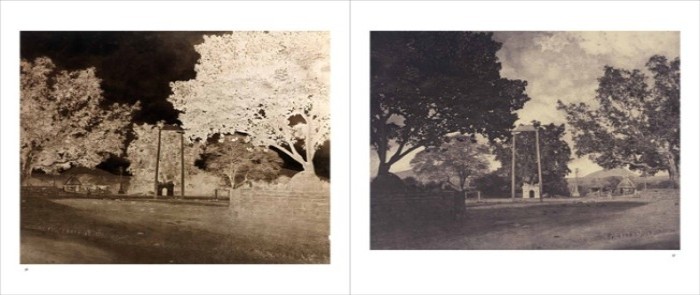In 1856 Tripe was appointed photographer to the Madras Presidency, a British administrative subdivision covering much of southern India. He proposed that his work should be the “1st attempt at illustrating in a complete and systematic manner the state of a country by means of photography.” With this grand ambition and new legitimacy, he was free to choose his own locations, routes, and subject matter.
Leaving Bangalore in December 1857, he traveled south to Madura before going north to Madras. Although European artists had depicted the area earlier, Tripe was the first to photograph extensively in south India. With a history traceable to the dawn of civilization, it is laced with sacred sites, including the country’s holiest temples to the Hindu gods Shiva and Vishnu as well as shrines, bathing places, and pilgrimage routes. But south India was also permeated with the effects of British conquest, its efforts at civic improvement, and the pervasive influence of the British East India Company.



































